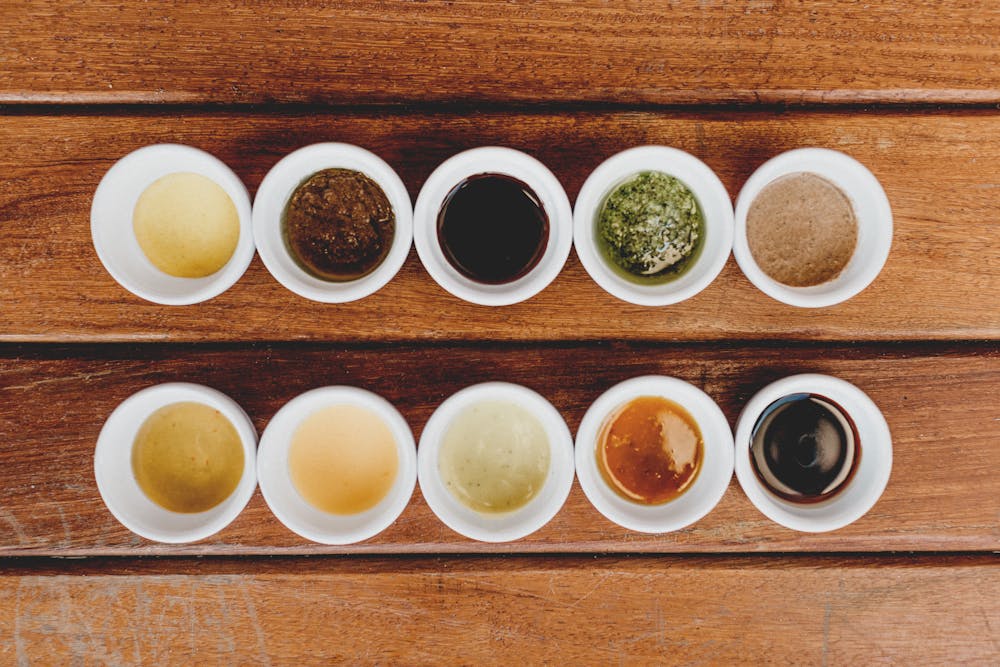Reading food labels has been a pivotal skill in my journey towards making informed and healthier food choices. Understanding what’s in the foods I eat allows me to prioritize nutrients, manage my intake of additives, and make choices aligned with my health goals. Here are some of my tips for deciphering food labels effectively:
 **1. Start with the Ingredients List:**
**1. Start with the Ingredients List:**
The ingredients list provides valuable insights into what’s actually in the food product. I prioritize products with shorter ingredient lists and recognize ingredients that I can pronounce. I steer clear of products with added sugars, artificial flavors, colors, and preservatives whenever possible.
 **2. Pay Attention to Serving Sizes:**
**2. Pay Attention to Serving Sizes:**
Serving sizes can be deceiving, so I always check the serving size listed on the label to ensure I’m comparing similar portions when evaluating nutrient content. Sometimes what seems like a single serving may actually be multiple servings, leading to unintended overconsumption of calories and other nutrients.
 **3. Understand Nutrient Content:**
**3. Understand Nutrient Content:**
I focus on key nutrients like protein, fiber, vitamins, and minerals when reading food labels. I aim for foods that are high in protein and fiber to keep me feeling full and satisfied. I also look for products that are rich in essential vitamins and minerals, such as calcium, iron, vitamin D, and potassium, to support overall health and well-being.
 **4. Watch Out for Hidden Sugars and Sodium:**
**4. Watch Out for Hidden Sugars and Sodium:**
Sugar and sodium can hide in many processed foods, even those that don’t taste sweet or salty. I scrutinize labels for added sugars in various forms like high fructose corn syrup, cane sugar, and syrups. Similarly, I’m mindful of sodium content, especially in canned soups, sauces, and processed snacks, as excessive sodium intake can contribute to high blood pressure and other health issues.
 **5. Check for Allergens and Dietary Restrictions:**
**5. Check for Allergens and Dietary Restrictions:**
For those with food allergies or dietary restrictions, reading food labels is essential for identifying potential allergens or ingredients that may not align with their dietary needs. Labels often contain allergen warnings for common allergens like peanuts, tree nuts, dairy, soy, wheat, eggs, and shellfish, making it easier to avoid problematic ingredients.
 **6. Look for Health Claims and Certifications:**
**6. Look for Health Claims and Certifications:**
While health claims and certifications can be helpful indicators, they’re not always a guarantee of nutritional quality. I look for claims like “organic,” “non-GMO,” and “whole grain,” but I also take the time to verify these claims by examining the ingredients list and nutrition facts panel.
 **7. Compare Similar Products:**
**7. Compare Similar Products:**
When choosing between similar products, I compare labels to identify the best option based on nutritional content, ingredients, and serving sizes. Sometimes subtle differences can make a big impact on the overall nutritional value of a product.
 In conclusion, reading food labels empowers me to make informed choices that align with my health and dietary preferences. By understanding ingredient lists, serving sizes, nutrient content, hidden sugars and sodium, allergens, health claims, and certifications, I can navigate the grocery store aisles with confidence and select foods that nourish my body and support my well-being. It’s a skill that has transformed the way I approach food and has empowered me to take control of my health one label at a time.
In conclusion, reading food labels empowers me to make informed choices that align with my health and dietary preferences. By understanding ingredient lists, serving sizes, nutrient content, hidden sugars and sodium, allergens, health claims, and certifications, I can navigate the grocery store aisles with confidence and select foods that nourish my body and support my well-being. It’s a skill that has transformed the way I approach food and has empowered me to take control of my health one label at a time.
